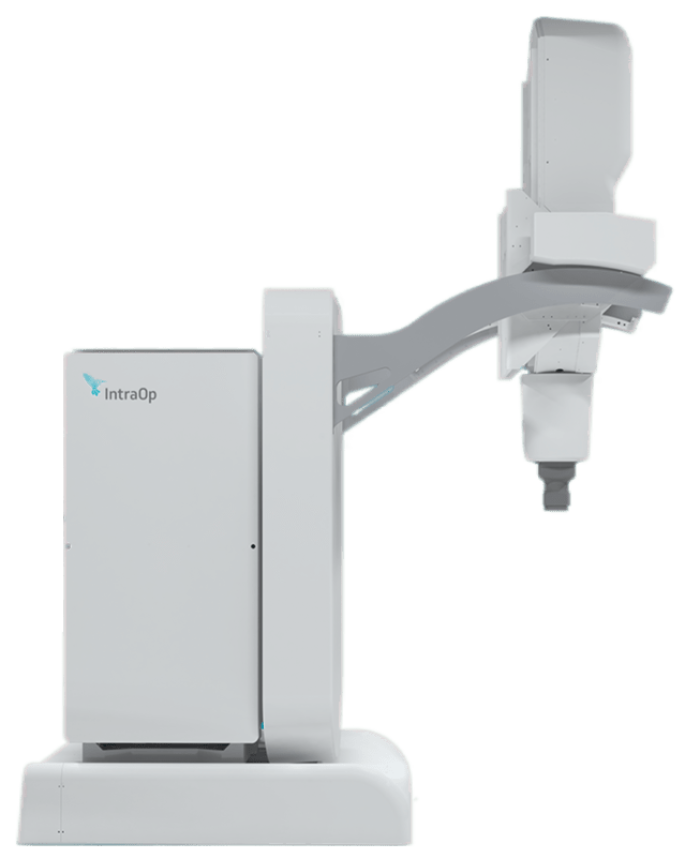
Basal cell carcinoma is the most common skin cancer in the United States. According to the American Academy of Dermatology, it is estimated that one in five Americans will develop skin cancer in their lifetime.
While Mohs surgery is a well-documented and effective treatment for skin cancer, superficial electron therapy makes for an appealing alternative for patients seeking non-invasive treatment with potentially better cosmetic outcomes for skin cancer. This treatment is well-suited for treating cosmetically and functionally sensitive areas, such as the nose, ears, lips or around the eyes.
Superficial electron therapy works by damaging the cancerous cells while minimizing any damage to healthy, normal cells without creating any incisions in the skin. The total length of treatment time will be dependent on several factors, such as the size and location of the cancer.
In most cases, treatment can be completed in 10 to 30 sessions, with each session lasting less than five minutes. Patients can return to their normal daily routines (meetings, social engagements, recreational sports and even swimming) right after the treatment visit. Superficial electron therapy requires no recovery time. Another benefit of superficial electron therapy is that patients may remain on prescribed blood thinners or other medications without any interruptions.
Answers to some of the most frequently asked questions from patients.

Cancer cells, unlike normal healthy cells, have a reduced ability to repair damage from superficial electron therapy. The electron beam is created by a computer-controlled medical linear accelerator that produces a pure therapy beam that is customized to the cancer site.
Unlike older technologies that use penetrating X-rays or strong, high-dose radioactive sources, the electron beam system used at ForCare Medical Center protects healthy tissues. It works by delivering a series of small electron beam treatments to the cancer site that destroys cancer cells but allows healthy cells to heal.
Superficial electron beam treatment is very effective at destroying both basal cell and squamous cell carcinomas. Most of the published studies report cure rates ranging from 90% to 98%. However, many factors can affect the likelihood of cure, including the cancer size and location, the subtype of histology, if the cancer was treated previously, etc.
The total length of treatment time depends on several factors, including the size and location of the cancer and the overall desired cosmetic outcome. Most patients complete treatment in 10 to 30 sessions, each lasting less than five minutes. The longer treatment courses tend to deliver better cosmetic results. Throughout the course of treatment, normal everyday activities can be continued, including work and sports. There are no restrictions or limitations.
Side effects are limited to the treatment site. The type of side effects experienced depends on the size and location of the cancer and the length of treatment. In general, most patients gradually develop skin irritation or a sunburn-like redness in the treatment area.
Prescription creams or lotions are available to help the healing process. Side effects do not usually begin until the second or third week of treatment and peak a few days after treatment is completed. Then, over the course of two to four weeks, the side effects gradually dissipate.
Superficial electron therapy is a medically accepted form of treatment for skin cancer. It is covered by Medicare and most major insurance carriers. One of our billing specialists can confirm your insurance benefits to determine any out-of-pocket expenses you may incur with this treatment.
Fill out the form below to get started.